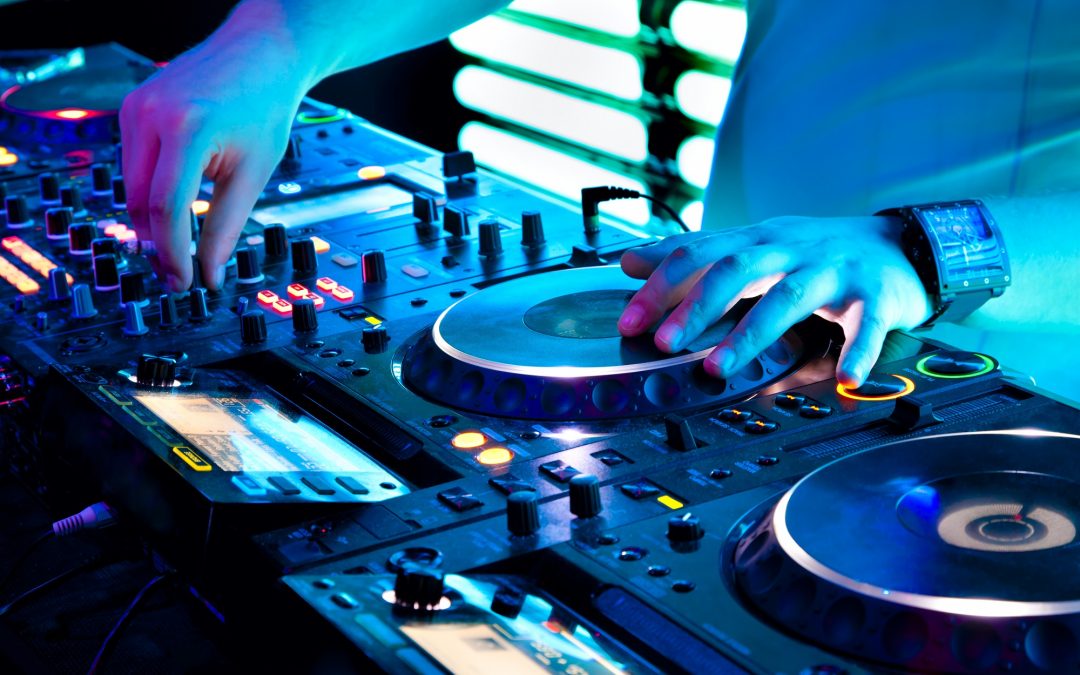One of the first skills a beginner DJ needs to master is EQing. In this quick guide, we go over the basics of this fundamental skill.
What is DJ EQing
As a DJ your goal is to transition from one track to another and keep the party moving without interruption. After you have learned how to beatmatch you’ll be transitioning from one track to another. You achieve this with either the crossfader, channel faders or both. This isn’t the whole story though as you’ll need to adjust the EQ levels of each track for a smooth transition.
All the best DJ controllers for beginners feature the ability to adjust the EQ levels. You can alter the low, mid and high frequencies. These are also reflected in high-quality DJ software like future.dj Pro.
Using Low EQ
The low EQ handles lower frequencies. This is where the bass and kick drum live. This is a sensitive EQ so you should rarely go beyond the neutral (12 o’clock) position. It is also the EQ that is most manipulated for transitions.
DJ’s will often do a direct bass swap between two tracks. They will have the bass running on Track A and bring in Track B without bass. Then at an opportune mixing moment they will reduce the low frequencies on Track A and introduce the low frequencies from Track B.
Using Mid EQ
The mid-EQ is where you’ll find melodic elements and vocals. The mid-EQ is best used to help soften overpowering elements in a mix. For example, if you are bringing in Track B you may want to reduce the mids in Track A to help Track B establish a foothold in the listener’s ears.
The mid-EQ is also sensitive and you should be careful cutting it too aggressively. This is especially the case with vocals as they can sound muffled and distant if you cut the mid-EQ.
Using High EQ
The High EQ is often filled with hi-hats and similar elements. Since the human ear is more sensitive to higher frequencies you need to be careful with this EQ. Any major cut on this EQ will be noticeable.
High frequencies are easy to add to the mix since they often sound like new elements of the existing track playing. It’s often best to keep the high frequencies from one track running until the new track begins adding high-frequency elements.
Extra Tips
When you come to tackling EQing it’s best to become familiar with tracks before bringing them into your mixes. Preview the track in your headphones. Then adjust the various EQ’s to see how they impact on the song. This gives you a fundamental understanding of what to expect.
There is nothing wrong with experimenting and adjusting EQ during a mix. If it sounds good to you it will likely sound good for your audience.
Practise makes perfect as with all DJ techniques. Try out different mixes and play with the EQ to become more comfortable with this technique. You’ll be well on your way to becoming an accomplished DJ.

